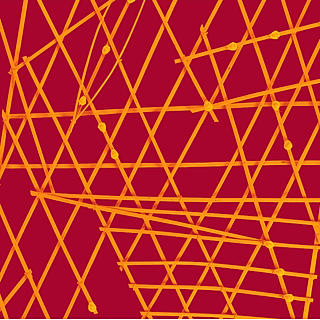Did Palaeolithic Cannibals Make Symbolic Markings?
- Admin
- Aug 10, 2017
- 2 min read
A compelling new study suggests that the cannibalism at Gough's Cave (Somerset, England) had a ritual element rather than just being for survival.
The Upper Palaeolithic site contains the remains of an engraved human bone, (~17,000–12,000 years BCE) associated with ritualistic cannibalism.
Researchers analysed a human radius which showed evidence of cut marks, percussion damage, and human tooth marks— all tell-tale signs of human cannibalism.
Additionally, a zigzag incision was found on the lateral side of the diaphysis (the main or midsection (shaft) of a long bone), which appear to be the result of intentional engraving as opposed to being the product of filleting of muscles.
These zigzags were compared to over 300 filleting marks on human and non-human remains and to approximately 120 engravings found on two artefacts from Gough's Cave.
Further comparisons were also conducted between the radius markings and engraved Magdalenian artefacts.
The results of the study suggest that the markings do indeed show signs of intentional engraving.
The patterning on the bone is also consistent with designs from artefacts found at other Magdalenian sites. Notably, the zigzag pattern has been isolated by Canadian paleoanthropologist and rock art researcher Genevieve von Petzinger as one of 32 commonly recurring signs found at Ice Age sites across Europe.
What's unusual about the Gough's Cave site is the choice of human bone as the medium.
All the evidence points to the possibility that the engravings were made intentionally as part of a cannibalistic ritual. If this is the case, then the site exhibits a form of complex ritualistic funerary behaviour never before recognised in the Palaeolithic period.
In February 2011, it was determined that human skulls unearthed in 1987 from the site were used as drinking cups.
Symbolic Behaviour?
Based on the available evidence, the engravings might represent a form of design rather than a set of meaningful signs. This doesn't suggest, however, that the design wasn't used in a symbolic manner, and given that the incisions were made during the ceremony itself, then this would imply that they were likely meaningful to the engraver.
Pending DNA analysis is aiming to determine whether or not the bone belonged to one of the unearthed skeletons.
The markings may suggest that eating human flesh was qualitatively different from eating the meat from other animals, and as such, the act would have likely had a spiritual and symbolic component.
The reasons behind this ostensibly symbolic act of human cannibalism remain unclear, but perhaps it was part of a ceremony to honour the dead, a symbolic act of aggression assoicatated with defeating an enemy, or for reasons still unknown.
Whatever the true purpose for these intentional, and likely meaningful markings, the possibility of cannibalism for survival in this case seems implausible.
Examples of cannibalism are widespread among our prehistoric ancestors, but have never been observed with this possible symbolic dimension before.
The news comes after findings from earlier in the year which argued that humans were not nutritious enough to be sufficient as a source of chemical energy. The findings likewise suggest that cannibals likely devoured humans for reasons other than dietary requirements.





























Comments